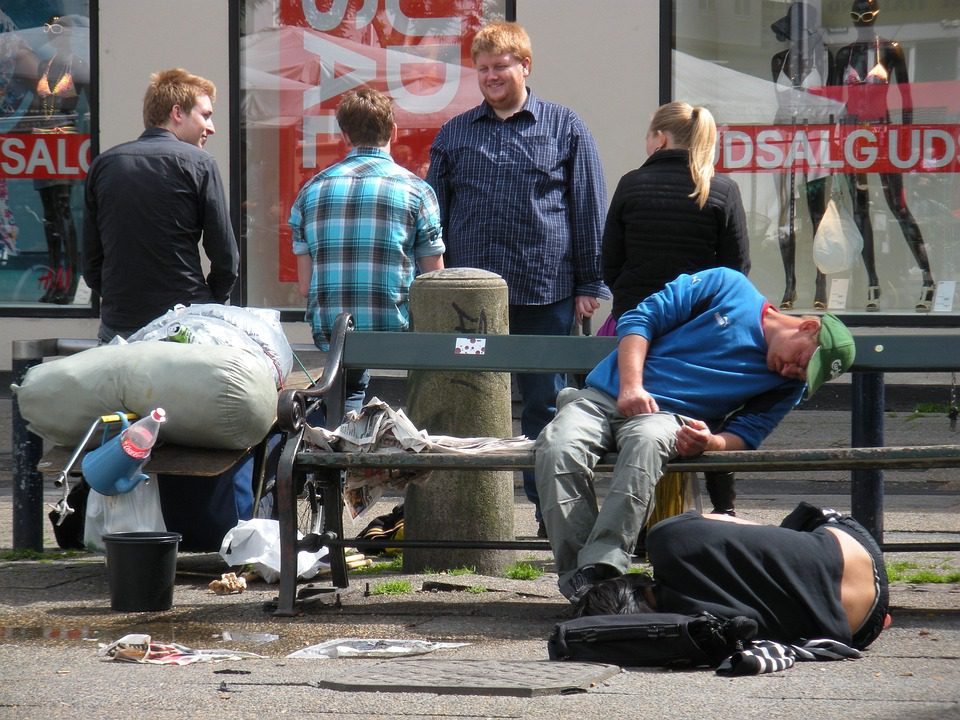In a world that is increasingly divided, social movements are playing an integral role in driving change, bringing people together, and making a difference. From #BlackLivesMatter to #MeToo to youth-led climate activism, these movements have challenged the status quo and sparked conversations around some of society’s most pressing issues.
At the heart of these movements lies unity – the power of people coming together to push for change. In this article, we explore how social movements are driving change in a divided world and the lessons we can learn from them.
The Rise of Social Movements
Social movements have always been a part of society, from the civil rights movement to the women’s suffrage movement. However, with the advent of social media, these movements have gained unprecedented visibility and momentum, mobilizing people on a scale never seen before.
In recent years, we have seen some of the most influential social movements of our time such as #MeToo, #BlackLivesMatter, and the youth-led climate strikes. These movements have all focused on challenging systemic injustices and advocating for change.
The Power of Unity
One of the key elements of social movements is unity – the ability of people to come together and push for change. Social movements often bring together people from diverse backgrounds and experiences, united in a common cause.
For example, in the #MeToo movement, women from all walks of life shared their stories of sexual harassment and assault. This solidarity helped break the silence surrounding sexual violence and put pressure on those in power to take action.
Similarly, the Black Lives Matter movement saw people of all races and ages take to the streets in protest against police brutality and systemic racism. The movement sparked a global conversation about racial justice and led to reforms in policing and criminal justice systems.
Unity is also evident in the youth-led climate strikes, where young people from around the world are coming together to demand action on climate change. Despite their differences in language, culture, and geography, these young people are united in their goal to protect the planet and secure a better future for themselves and future generations.
The Role of Social Media
Social media has played a vital role in the success of social movements. These platforms have given individuals a voice and a platform to share their experiences and connect with others who share their views.
For example, the #MeToo movement gained momentum after a tweet by actress Alyssa Milano encouraged women to share their stories of sexual harassment and assault using the hashtag. Within 24 hours, the hashtag had been used over 500,000 times on Twitter, bringing attention to the scope and frequency of sexual violence.
Similarly, the Black Lives Matter movement gained international attention after videos of police killings of unarmed black individuals were shared on social media. The movement’s use of social media to organize protests and spread its message has been a key driver of its success.
The youth-led climate strikes have also used social media to mobilize young people around the world. Greta Thunberg, the Swedish teenager who sparked the movement, has used her social media platforms to speak out about the urgency of the climate crisis and encourage young people to take action.
Lessons from Social Movements
There are several lessons we can learn from social movements about the power of unity in driving change. These include:
1. Solidarity is key: Social movements often bring together people from diverse backgrounds, united in a common cause. This solidarity is crucial in challenging systemic injustices and advocating for change.
2. Social media can be a powerful tool for change: Social media has given individuals a voice and a platform to share their experiences and connect with others who share their views. This has been a key driver of the success of social movements in recent years.
3. Grassroots action can drive change: Social movements often start as grassroots initiatives, driven by individuals who are passionate about making a difference. These movements can gain momentum and bring about meaningful change when individuals come together and push for action.
4. Change takes time: Social movements often require sustained effort over a long period. The civil rights movement, for example, took decades to achieve significant progress. This highlights the importance of staying committed to the cause and staying focused on the end goal.
Conclusion
Social movements have become an integral part of modern society, driving change and challenging the status quo. These movements highlight the power of unity and the importance of coming together to push for change. From the #MeToo movement to #BlackLivesMatter to youth-led climate strikes, social movements have shown us that change is possible when individuals come together and take action. By learning from these movements, we can continue to make progress towards a more just and equitable society.

